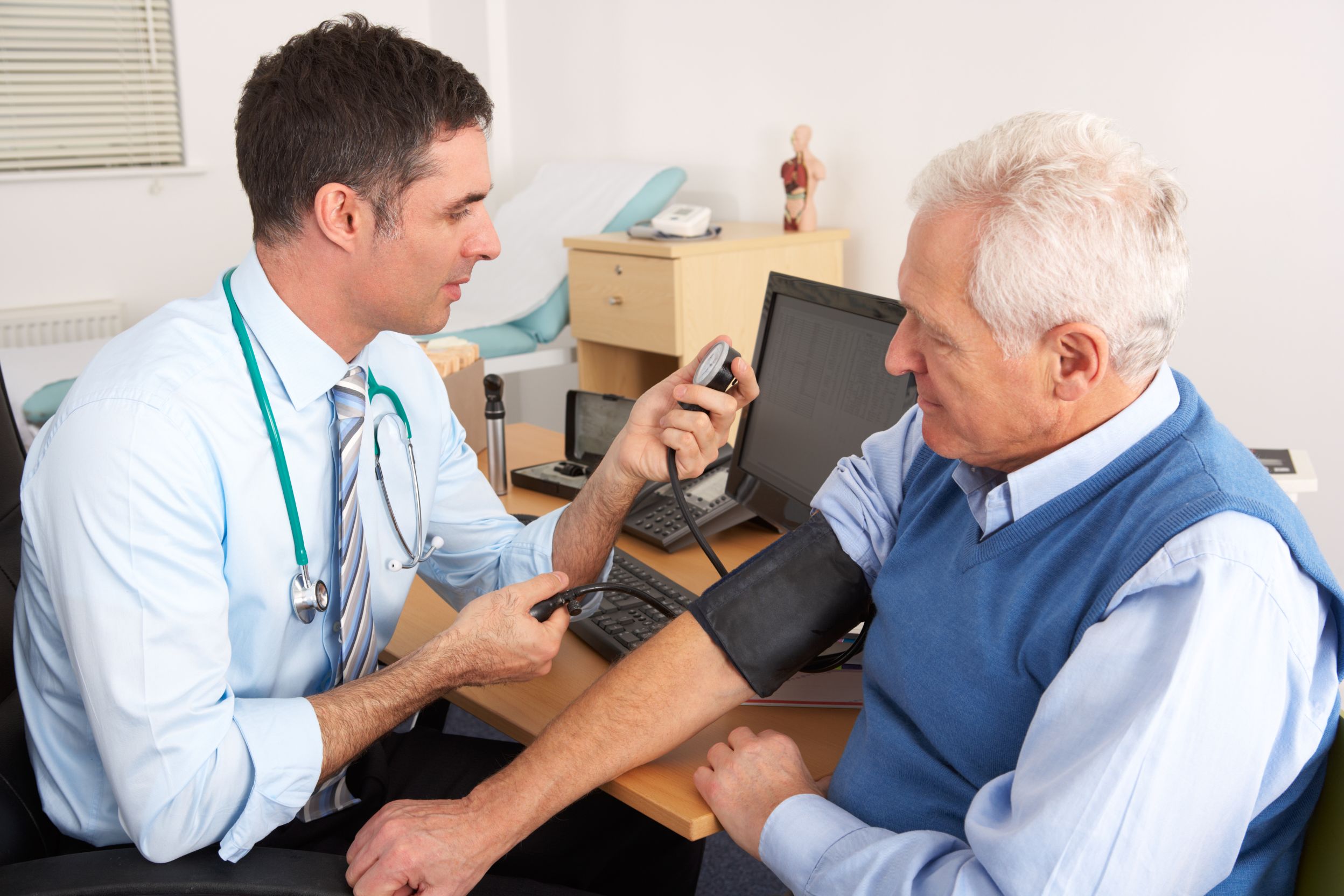Spinal Decompression Therapy The Non-Surgical Method
(Article 2 of 2)
Spinal Decompression therapy is a non - surgical procedure (the surgical treatments are for a separate article) that relieves the symptoms of lower back pain, as well as neck and upper back disorders. Symptoms include numb extremities, migraines or ordinary headaches, and body pain (which may be mistaken for arthritis or neuralgia). Spinal decompression in its non - surgical form is a technique that is far less costly than its surgical option, and is a somewhat more sympathetic (and non - invasive) form of spinal decompression therapy.
Even patients who are extreme cases of immobility may benefit from the treatments; there have been several successful therapies where individuals regained the ability to reach, stand and walk, who previously were immobile.
Open decompression, the opposite number to microdecompression (the surgical method), is done without needles, surgical instruments, piercing the skin, or indeed without removing clothing. There are several therapeutic sessions usually required, as the condition is seldom alleviated with only one, but each session ranges only $75 to $200 per visit. The only may seem ironic until one realizes that surgical procedures may cost up to $30K, whereas open decompression is usually completed at around $2000-$4000, an expense that may be entirely covered (as a therapy rather than as an elective surgical procedure) by medical insurance.
Open decompression is a traction therapy which moves the patients through numerous exercises to induce relaxation and strengthening of the ligaments of the spine; these create a negative (aka inverted) pressure on the herniated disc, which assists in its realigning. The object is to create a space in the spine itself, which the displaced disc will naturally slide back into. The back muscles are toned and enhanced at the same time.
It should be noted that if there has been rupturing or deterioration of the disc, rather than a herniated or misaligned state, the therapy will likely be ineffectual and may be contraindicated. In this case, surgical procedures are necessary.
Between 15 and 25 non - surgical visits are usually required to effect sufficient change in the spinal cord, but patients may see some relief from their symptoms almost immediately. The number of visits for therapy may seem excessive, until one considers that surgical visits for microdecompression are at about the same number, since that surgical procedure is both delicate and prolonged.
The equipment used for this therapy is fairly innovative. For example, one new kind of spinal decompression table, created collaboratively by both chiropractic and decompression professionals, is the Triton DTS, which can boast effectual treatments of most of the symptoms of both spinal misalignment and sciatica, and a realignment of the cervical and lumbar spinal discs. It is the most frequently used (and medically recommended) of all open decompression equipment pieces.
The patient being treated on the DTS holds special handles and lies still, while the machinery below, heavily padded and patient friendly, stretches, levitates and massages the affected areas of the back. If the patient experiences long-term relief, and wants a machine of his/her own, Sears sells them at around $12K each.
Open decompression reports a patient satisfaction rate that is at least the equal of surgical microdecompression, so for patients seeking effective spinal decompression therapy, this may be the best alternative available.
Category: Doctor - General Practice
Related Articles
- Finding A Good Pediatrician Is No Childs Play
- Legal Marijuana in Colorado
- Sleep Medicine What You Need To Fall Asleep and Stay Asleep
- More About Obgyn and Overall Womans Health
- What Are Some Good Ways To Fall Asleep Fast
- DNA Testing Cost and Services - Where to Go
- What should I ask my doctor during a checkup
- How to Ensure Your Physician Search Is Good
- How Can I Get a Baby Fast - Tips for Getting Pregnant Quickly
- Do I Need a Doctors Prescription for Marijuana in Colorado
- Types Of Doctors And How Much They Make
- Common Questions to Ask When Looking For a Good Doctor
- Is There a Difference between a Doctor and a Physician
- Spinal Decompression Surgery
Business News
Popular Posts
- How Mind Balance Can Improve the Mindsets of Employees
- Bridging Beliefs - Finding Common Ground in Love and Respect
- The SmartGuy Vision - A United Future Through Interfaith Love and Respect
- Balancing Act - How Understanding Personalities Could Unlock World Peace
- Harnessing Personality Assessment for Enhanced Well-being and Fulfillment
- Fostering Harmony Among Christianity Islam Buddhism Hinduism and Judaism
- Exploring World Religions - A Colorful Journey for Kids
- The Essence of Islam - Understanding Its Beliefs Rituals and Cultural Significance
- Preparing Kids for Adulthood - 15 Vital Skills They Wont Learn in School
- Cultivating Key Skills to Overcome Anti-Semitism and Hate
- How Mind Balance Empowers You Against Misinformation
- Clearing Mental Plaque: The Path to Enhanced Communication and Divine Connection
- Living the Teachings of Jesus - 100 Lessons for a Compassionate and Faithful Life
- How Mind Balance Brings People Closer to God
- Ways to Remove Stress from Trauma in the Nervous system
- Why Return to Jesus Christ and the Church
- Bacon-Wrapped Chicken Thighs with Creamy Garlic Sauce
- Stuffed Bell Peppers with Quinoa and Black Beans
- Promoting Complete Mental Well-Being - Addressing Genetics and Medical Conditions
- The Long-Lasting Impact of Child Abuse on Mental Health
